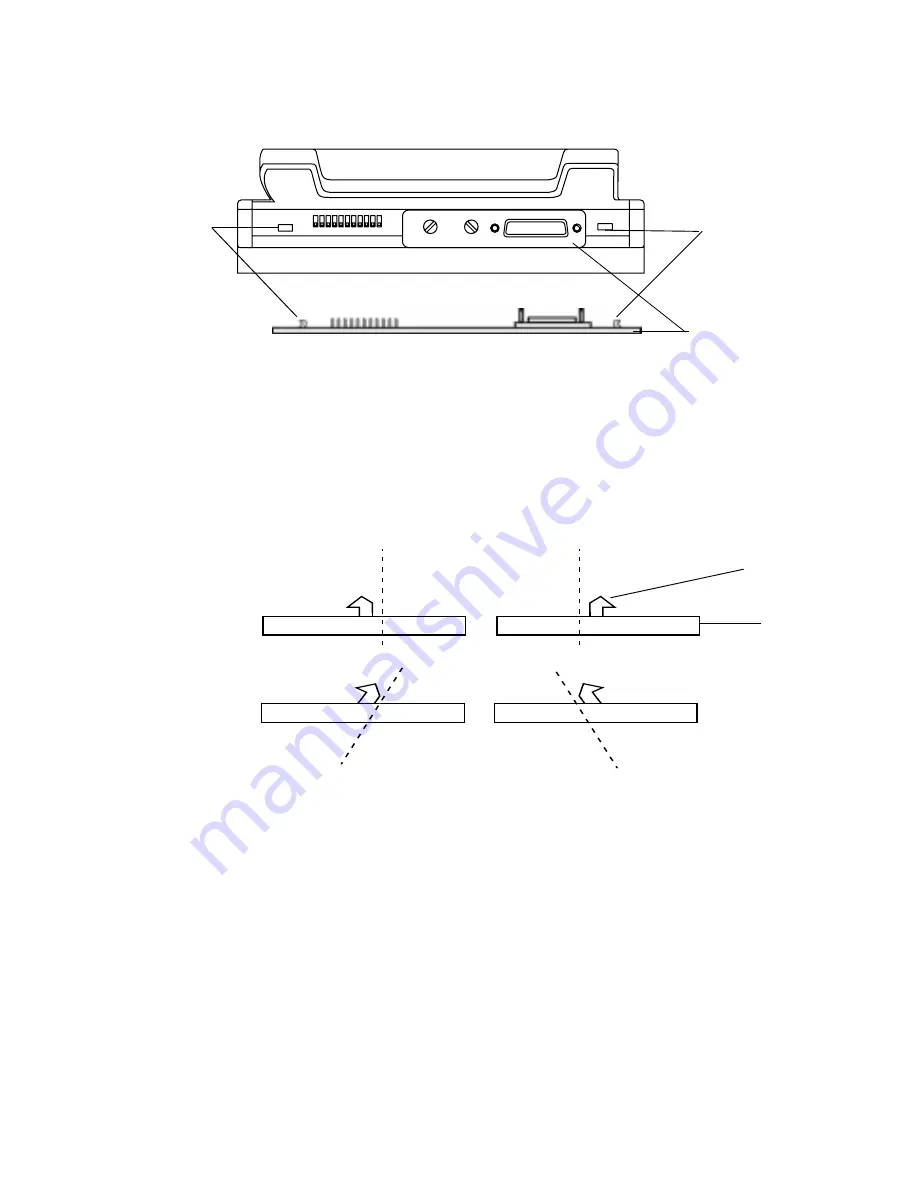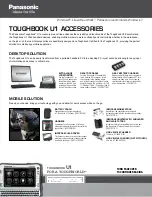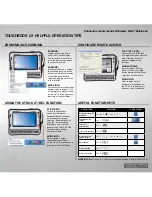
2-30
Using Point 510/Point 1600 Connectivity Peripherals
Figure 2-12. Cradle Latches
Before inserting the pen tablet into the cradle, look inside the cradle and note the
position of the cradle latches. Both latches must be slanting inward, in the unlocked
position (See Figure 2-13). If one or both latches are in the upright (locked) position,
they must be set to the unlocked position before you can insert the pen tablet.
Figure 2-13. Checking Cradle Latch Position
To synchronize the cradle latches, press the plate (shown in Figure 2-12) downward
with your hand on the side with the locked cradle latch until it clicks into the
unlocked position. (If both latches are in the locked position, press down on both
sides of the plate until they click into the unlocked position. Apply even pressure to
both sides.)
In the event the pen tablet is in the cradle, and only one side locks or unlocks, press
down on one side of the pen tablet to synchronize the cradle latches.
Side View
Top View
Cradle Latch
Cradle Latch
Plate
Locked position
Unlocked position
Plate
Latch
Locked Position
Unlocked Position
Summary of Contents for Point 1600
Page 1: ...Connectivity Peripherals User s Guide Point 510 Point 1600 ...
Page 2: ......
Page 3: ...Connectivity Peripherals User s Guide Point 510 Point 1600 ...
Page 6: ...iv ...
Page 55: ......
Page 56: ...1 99 FMW26TRG5 58 0628 00A ...






































